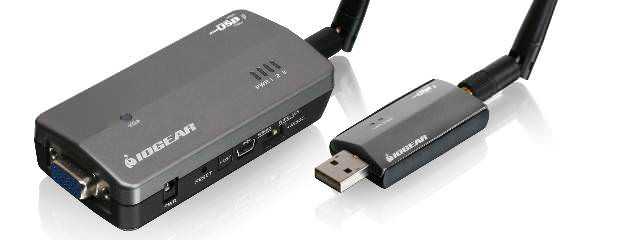
Maximise Your Speed, Performance And Wireless Signal
You’ve picked your router and set up all the basics, so now it’s time to optimise your network. In this lesson, we’re going to look at how to improve your network’s speed and wireless signal so it’s operating at full capacity.
In theory, your network should work just fine as-is, however we all know that reality can differ from what should ideally be the case. How then your router performs is going to depend on a lot of factors, so these tips and tricks might work better for some than others. For instance, strategies for improving your wireless signal aren’t going to do much unless your router is dealing with some interference. However, tweaks can only do so much if you’re dealing with as a matter of fact bad interference. That said, whether the improvement is marginal or great, we’re going to look at all sorts of ways to get your network running as fast and efficiently as possible.
Wi-Fi is nice, nevertheless it’s rife with signal issues and slower than a wired ethernet connection–even when Wi-Fi is performing its best. If you can wire up your devices, you should. When transferring files between devices you’ll always get better performance over a wire, and internet connections over 25Mbps will as well benefit from wires. That may seem strange when many routers advertise wireless speeds that are much higher, yet real-world performance is as a rule far lower.
If you can’t wire up your home, powerline ethernet adapters can be a good alternative. It’s pretty rare that you’ll have a power line capable of maintaining gigabit speeds, however you may on the whole achieve better performance than you would over the air with 802.11n. If you want to give powerline adapters a shot, just buy a set from a store with a good return policy and see how they work. If they don’t, you can always take them back. If they do, you can buy as many as you need. Just be sure to test them on every outlet you’re going to use, since some outlets work better than others with power line adapters.
Previously mentioned wireless network locater WiFi Stumbler is a webapp that provides a simple way to check what channels are in use in your computer’s range. Simply look for the channel with as much space around it as possible and use that channel instead of what you’re currently using. As well note that during you may pick up competing signals on the same channel, if they’re all very weak that can be a better choice than choosing a lesser-used channel with a strong, competing signal.
Range of IP addresses
Netmask Priority can give bandwidth priority to a range of IP addresses. For instance, if you have three computers that use the IP addresses 192.168.1.10, 192.168.1.11, 192.168.1.12, you can specify that range to receive priority. This can be useful if you want to ensure that your machines will always take priority over any guest computers that show up on your network.
MAC Priority is a way to set which specific devices receive priority over others. Here you enter your device’s MAC address and set a relevant priority.
Once you’ve chosen a service, IP range, or MAC address, and added it to your priorities list, you have to in fact define the priority. By default the priority will be set to Standard, nevertheless you can promote it to Express or Premium to give it a higher bandwidth priority over other items on the list. These categories are good for applications that will at times require additional bandwidth, just as video chat and VoIP (Voice over Internet Protocol). You can as well set any item to Exempt to let the app or computer use as much bandwidth as it wants and Bulk if you want it to only use bandwidth in other words left over from other applications.
- ·
How To Maximise Your Wireless Signal
- ·
Allvoipnews Wireless Signal Performance
- ·
How To Maximise Voip Performance
- · Rackspace debuts OpenStack cloud servers
- · America's broadband adoption challenges
- · EPAM Systems Leverages the Cloud to Enhance Its Global Delivery Model With Nimbula Director
- · Telcom & Data intros emergency VOIP phones
- · Lorton Data Announces Partnership with Krengeltech Through A-Qua⢠Integration into DocuMailer
